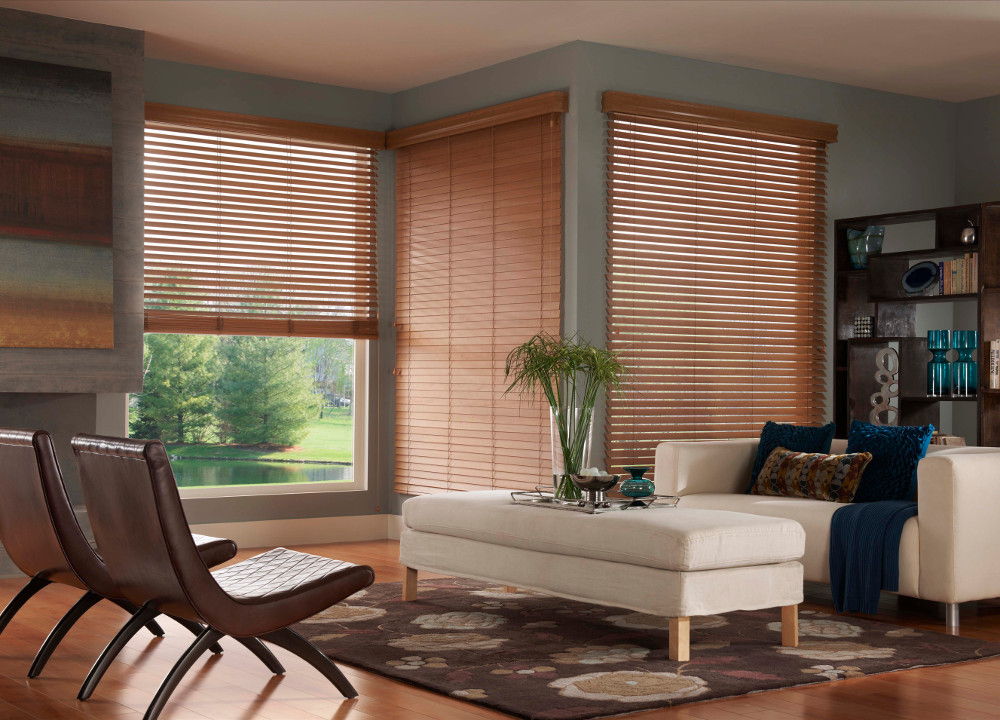Having plants in your house makes a lot of difference from having none. You can enjoy many health benefits from these plants aside from the comfort you can get from organising and decorating your home with plants.
With plants, you can freely live with guaranteed clean and fresh indoor air, better productivity, and reduced stress. But plants will not be as therapeutic as you want them to be if they look disorganised. You can easily avoid this by browsing through an online shop for planter(s).
Why buy online?
Although there are countless benefits from buying from a physical store, the advantages you can get from online shopping is also limitless, especially during a pandemic. Buying from an online shop allows you to browse through their product catalogue.
You can also check for more planter designs that might not be available in other stores. In just a few clicks, your purchased planters will arrive in no time and without hassle.
How should you pick a planter for your plants?
Taking care of plants might seem very easy, but it is more than just giving them water and sunlight. Other factors like soil, temperature, humidity, and of course, the planter or container are also important.
- Type of Plants
As a plant parent, you should know that all plants are different. They have different needs and care requirements. The plant size also matters. If you’re planning to have bigger plants, then your planter must have enough space for your plants to grow.
But try to avoid planters that may be too large for a plant because you might tend to pour more water and end up drowning your plants.
- Amount of Sunlight Needed
If you have a plant that needs a lot of sunlight, the chances of the soil drying out are high. A non-porous planter might help you in addressing this problem to avoid drying and losing more soil. Some planters made from non-porous materials are metal, plastic, and wood.
- Drainage
Most plants need a drainage system to avoid absorbing too much water. However, you might get your sole focus on the aesthetics of the planter that you overlook the drainage factor already. Try to find a planter with enough drainage system to avoid drowning your plants.
But if you’re so hooked on the design of the planter but it doesn’t have drainage, make sure that you can still drill holes on it and make DIY drainage for your plants.
- Your Strength
This factor is also significant, especially if you live alone. If you’re a strong person, you don’t have to worry about the planter’s weight.
However, if you’re not that strong or have a physical condition that restrains you from lifting and carrying heavy objects, try to use lightweight planters as much as possible.
But if you can’t help but buy large and heavy planters, you can place them in a permanent spot, so you don’t have to move them often.
Read More : Ensuring a Healthy Garden With the Right Gardening Products
- Material and Design
Consider the material and style of the planter. Some common and high-quality materials used in making planters are stone, clay, metal, wood, and synthetic materials like fibreglass, resin, and plastic.
The material should depend on the type of plants you have at home and how you want your plant space to look. You can have a theme for your plants.
For example, if you want a modern and elegant look, you can use a ceramic or fibreglass planter. You can also use wooden planters if you aim for a cottage core vibe at home.
If you’re a plant-lover, you would also love buying different accessories and equipment from an online shop for planter(s). But before you place your order, make sure to check your plants’ needs as well as your preferred material and design.












